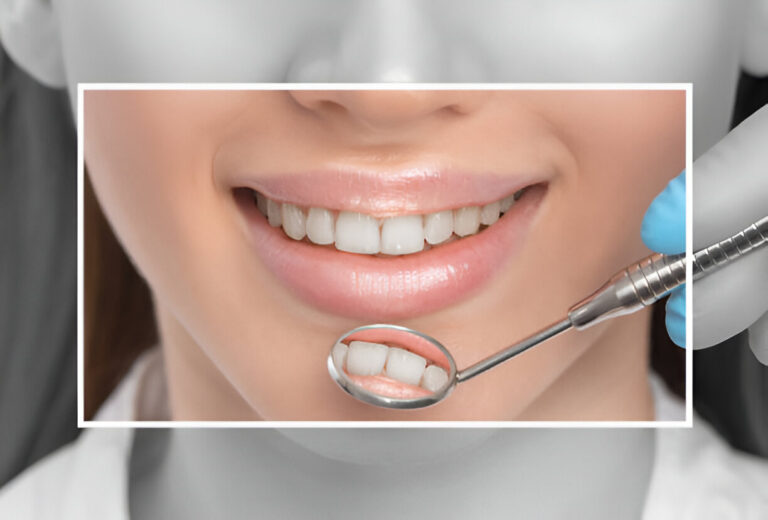Teeth whitening is a popular cosmetic procedure that involves understanding the interaction between whitening agents and tooth enamel. It involves peroxide-based bleaching and non-abrasive stain removal techniques to restore brightness and break discoloration. Understanding these mechanisms helps individuals make informed decisions for a radiant smile and long-term dental health.
A bright smile is crucial in social and professional settings, and many people opt for teeth whitening to achieve a luminous smile. This process involves lightening the color of teeth, often making them several shades brighter. Among the available options, professional teeth whitening is a leading choice for those seeking reliable and long-lasting results.
Teeth whitening has become more accessible, with numerous products and services available to suit different preferences and budgets. Understanding the science behind teeth whitening, along with the pros and cons of each method, is crucial for individuals to make informed decisions. This guide will explore various aspects of teeth whitening, offering insights into the process and helping you navigate your way to a brighter, more confident smile.
How Teeth Whitening Works
Using bleaching substances like hydrogen peroxide and carbamide peroxide, teeth whitening is a technique that breaks down stains into smaller, colorless molecules. The success of this process depends on the concentration of these agents and the duration of application. The process involves oxygen molecules interacting with chromogens responsible for staining, transforming them into less pigmented molecules and making the teeth brighter. The effectiveness of this procedure is contingent on several factors, including the initial tooth color, the type of stain, and the whitening method employed.
Types of Teeth Whitening Methods
Teeth whitening methods include over-the-counter products like strips, gels, toothpaste, and mouth rinses, which are cost-effective but may contain lower bleaching agents. For consistent results, professional procedures in a dentist’s office may involve using heat or light and greater bleaching substances. At-home treatments, prescribed by dentists, involve custom-fitted bleaching trays and professional-grade whitening gels. These allow gradual whitening over time with results comparable to in-office treatments when followed carefully.
Benefits of Professional Teeth Whitening
Professional teeth whitening offers several advantages over DIY or over-the-counter methods. It provides customization tailored to your dental structure, minimizing risks like uneven whitening or gum damage. Professional treatments also have longer-lasting results, reducing maintenance needs. Dentists can provide post-treatment care advice, ensuring your smile’s brightness remains. The upfront investment in professional whitening is justified by the quality and durability of the outcome, making it a worthwhile choice for many.
Common Questions and Concerns
Prospective whitening candidates often have concerns about the procedure’s safety and potential side effects. Even though teeth whitening is considered safe when done correctly, there is a chance of short-term adverse effects, including gum inflammation or tooth sensitivity. Usually, they go away following therapy. Having realistic expectations and discussing potential risks with your dentist before whitening is essential, as existing dental conditions like cavities, gum disease, or enamel erosion can affect the process. Addressing these issues beforehand ensures a safer and more effective whitening experience.
Caring for Your Whitened Teeth
Proper maintenance is critical to prolong the results after achieving a brighter smile. Implementing routine oral hygiene practices is essential in preserving your new pearly whites. Use a mouth rinse, floss every day to get rid of plaque, and brush twice a day with fluoride toothpaste to avoid getting new stains.
Additionally, it is advisable to moderate the intake of common staining culprits like coffee, tea, red wine, and tobacco products. Increase fruit and vegetable intake for natural teeth-cleaning properties, and schedule regular dental check-ups to maintain oral health and detect early signs of discoloration.
Potential Alternatives
Alternative dental options, such as dental veneers and bonding, can benefit those with deep stains or enamel damage. Veneers provide a uniform, natural-looking white finish, while bonding uses tooth-colored resin to cover imperfections. These treatments enhance the appearance of the smile and address other dental concerns. Consulting a dentist might yield valuable insights on the best option for you.
Final Thoughts on Teeth Whitening
Teeth whitening is a personal choice that can enhance confidence and aesthetics. While professional teeth whitening is preferred for its effectiveness and safety, weighing potential downsides like cost and side effects is essential. Understanding options and considering individual dental health needs is crucial. Whether through professional treatments or alternative methods, achieving a bright, healthy smile is achievable, boosting personal confidence and overall well-being.

david Miller is an experienced English language expert with a deep passion for helping others communicate effectively and confidently. With a background in linguistics and literature, He provides clear, accessible insights on grammar, writing, and communication strategies. Through well-researched articles and practical advice, David Miller aims to make language learning both inspiring and achievable for readers of all levels.


